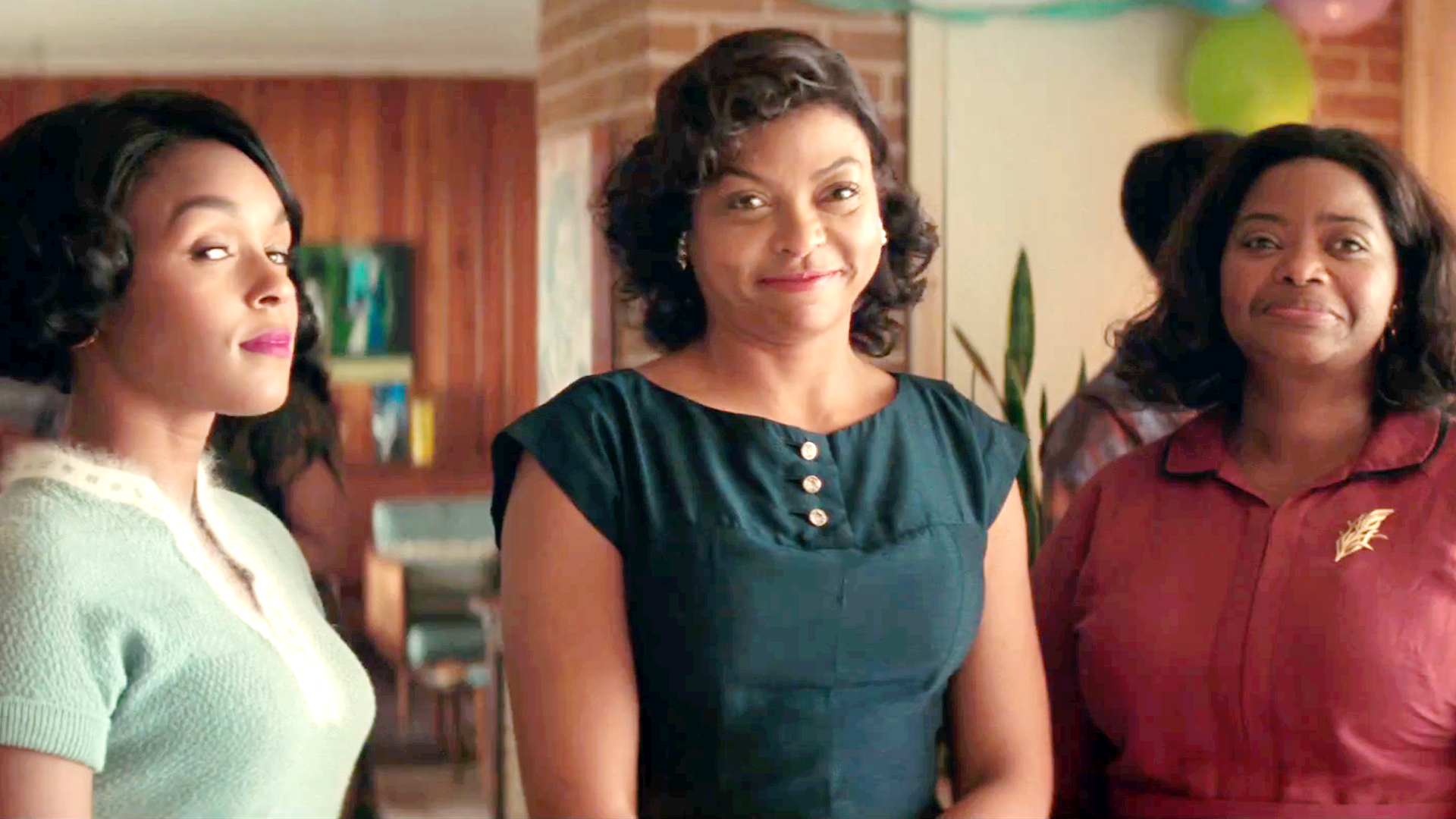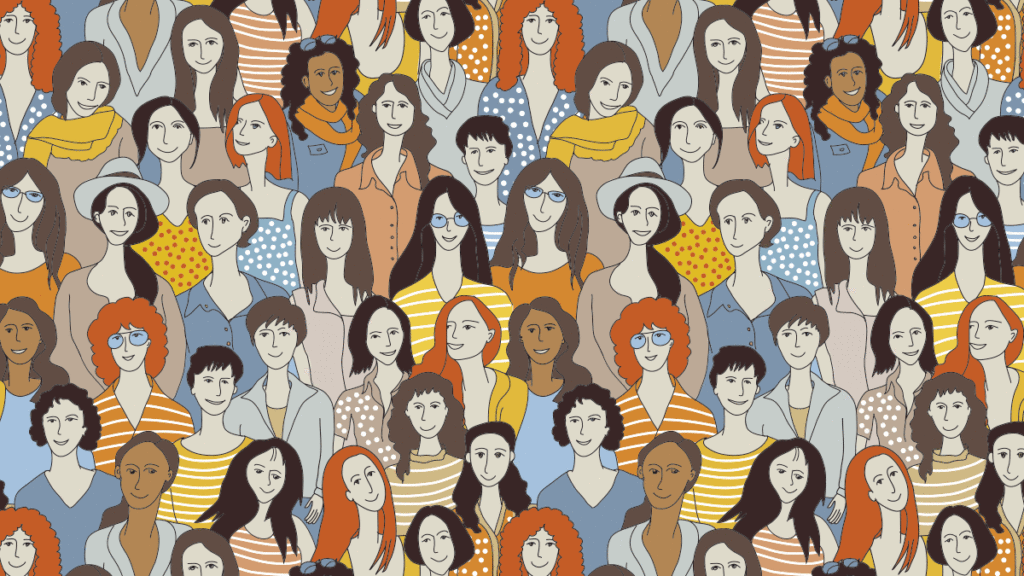
Hidden figures, girls and math
I recently took my daughter to see the movie Hidden Figures. It’s a film, just like Selma before it, that is a must-see — especially one that should be shown to children in our schools.
It is the story of a team of African-American women whose work and mathematical genius helped NASA launch the program’s first successful space missions. The movie is centered around three women — mathematician Katherine Goble Johnson, aspiring engineer Mary Jackson and Dorothy Vaughan — who in 1962 faced incredible odds simply for having been born black, and women. The roadblocks put before them were in spite of the fact that their work and mental capacity were superior to most of the men, and the other women, who were involved with the U.S. space program at the time. Ms. Goble Johnson was awarded the Presidential Medal of Freedom in 2015 by President Barack Obama. The Langley Research Center now carries her name.
It is important that young people recognize these giants in our history. It is also important to understand that many of these historical trailblazers are women, and of color, and too often ignored — their accomplishments hidden, and rarely mentioned in history books used to teach in our schools.
We must also recognize and remind ourselves that life is tough for many — then multiply that by two for women. And exponentially harder if you happen to have been born female and African-American.
While I watched the movie I thought of my daughter. At a very young age she was told, in passing and because she was a girl, she would never be good in math. I remember her coming home from school one day — imagine… a first grader, and crying because she could not understand that day’s math lesson. By then she was convinced she would never live up to the standards required to understand the subject — even in first grade!
The Lord blessed me that day. And I say this honestly and humbly, because I remember sitting her down, hugging her and telling her that all would be OK. Then I proceeded to explain to her that math was like honey. (I have no idea where the idea came from, but a higher power was in play.) I reached for a bottle of the product, turned it around and waited for it to pour out — slowly. Then I asked her, “Do you see how slow it comes out?” Then I added, “Math is the same. At first it may not flow, it may even appear to be stuck, but if you persist and give it your best, soon you will see movement. That flow is when you begin to understand what you think was impossible…”
Nowadays my daughter, on occasion, will smile at me when studying, and remind me of the honey story. She is now, by the way, a mostly A student in math.
When we walked out of the theater, the first thing I did was look at her in the eyes and tell her: “I don’t ever want to hear that girls are not good at math…” She laughed.
I mention my daughter, whose name is Camila, because we live in a society that does not make it easy on women. And too often, as the case of the three ladies from NASA, of whom I had no knowledge until I saw the movie, these women become hidden figures of history. The fact is that they deserve to be out front, but are relegated to a story that is dug out like a diamond, decades after their accomplishments were achieved.
This weekend’s Women’s March on Washington, and protests from around the world, shows that things are changing. Women of every color, creed and sexual orientation are taking charge of their lives and fighting for fairness and equality. We must all work to make sure they achieve this — for the good of all.
[Photo at top are the stars of the Hidden Figures movie. Left to right, Janelle Monáe, Taraji P. Henson and Octavia Spencer.]


